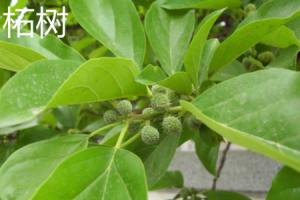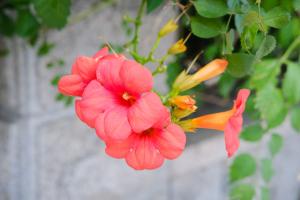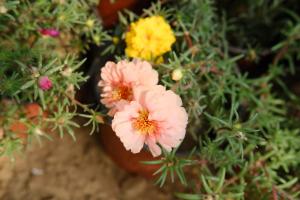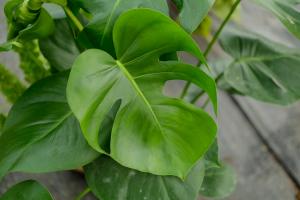Signs of a Struggling Indoor Palm Plant
Indoor palm plants are a beautiful addition to any home or office. However, these plants can be finicky and require specific care in order to stay healthy. If you notice your palm plant turning yellow and brown, it's a clear sign that your plant is struggling with something. Here are some possible reasons and solutions to help revive your palm.
Improper Watering
One of the most common reasons for a yellow and brown palm plant is improper watering. Overwatering or underwatering can cause root rot or dehydration, respectively. Check the soil moisture regularly, and only water when the top inch feels dry to the touch. Make sure the pot has adequate drainage to prevent water buildup at the bottom of the pot.
Inadequate Light
Palm plants need bright, indirect sunlight to thrive indoors. If your palm plant is in a poorly lit area, it may be turning yellow and brown due to lack of light. Move your plant to a spot where it can receive bright, filtered light for at least 6 hours a day. Avoid placing it in direct sunlight or it may scorch.
Low Humidity
Palm plants are native to tropical regions and need high humidity to keep their leaves from turning brown and crispy. Dry air can cause the tips of the leaves to turn yellow and the edges to turn brown. Increase the humidity around your plant by using a humidifier or placing a tray of water near the plant. You can also mist your plant with a spray bottle once or twice a week.
Pest Infestations
Yellow and brown leaves on a palm plant can also be a sign of pest infestation. Spider mites, mealybugs, and scale insects are common pests that can wreak havoc on houseplants. Check the undersides of the leaves and along the stems for signs of insects or their eggs. If you find any pests, treat your plant with an insecticide or insecticidal soap according to the directions.
Root Bound
Palm plants prefer to be slightly root bound, but if they become too restricted for space the roots can become compacted and struggle to absorb moisture and nutrients. If the plant has outgrown its pot, it may be time to repot into a larger container. Use a well-draining potting mix and a pot with ample drainage holes. Repotting can also give you the opportunity to inspect the roots for any signs of damage or disease.
Caring for Your Palm Plant
Prevention is the best medicine when it comes to houseplants. With proper care, your palm plant will be healthy and beautiful. In addition to proper watering, lighting, humidity, and pest control, make sure to fertilize your plant regularly during the growing season. Use a balanced fertilizer once a month and be sure to follow the package instructions. With a little attention and care, your palm plant will thrive for years to come.

 how many times do yo...
how many times do yo... how many planted tre...
how many planted tre... how many pine trees ...
how many pine trees ... how many pecan trees...
how many pecan trees... how many plants comp...
how many plants comp... how many plants can ...
how many plants can ... how many plants and ...
how many plants and ... how many pepper plan...
how many pepper plan...






























